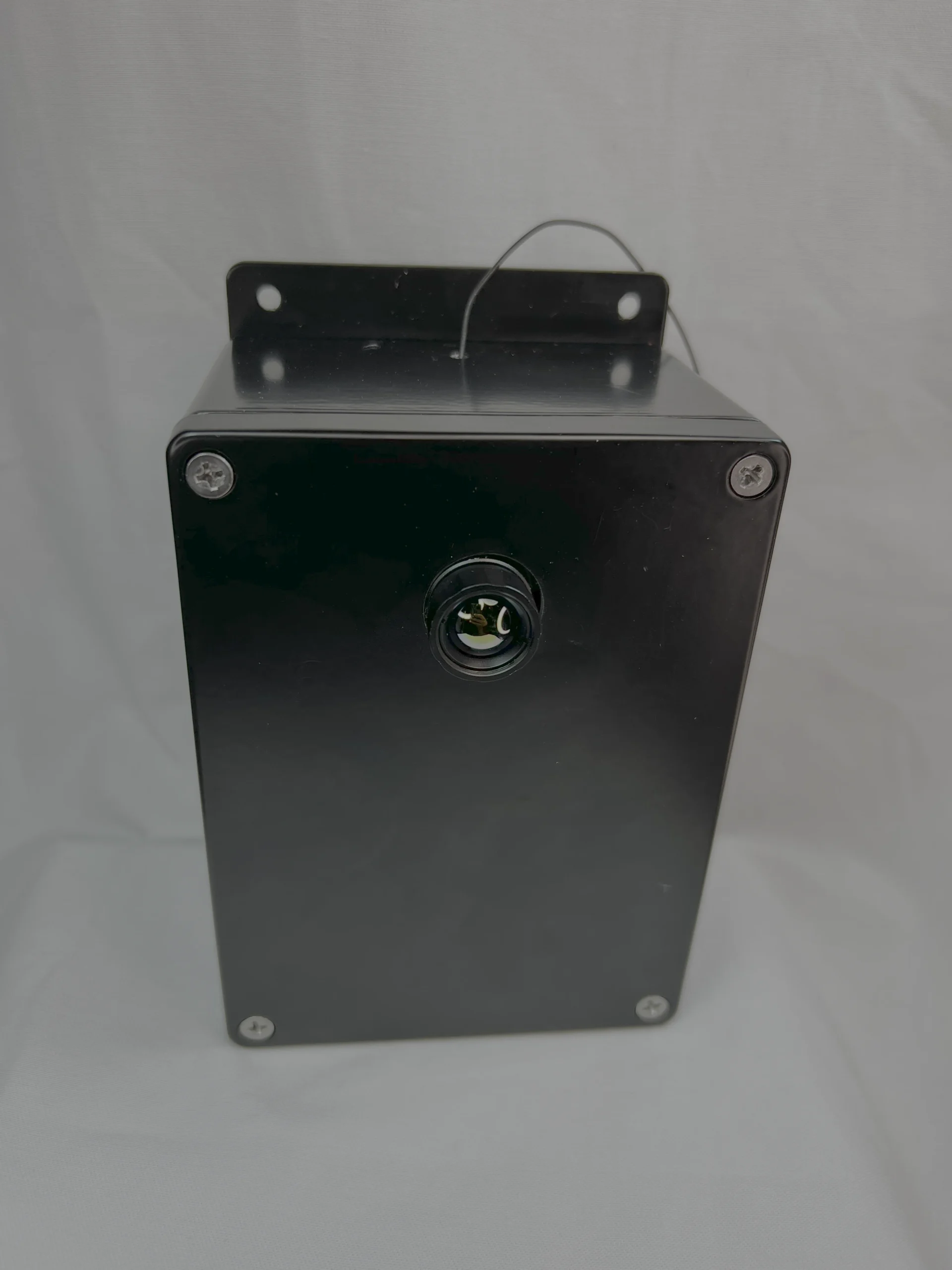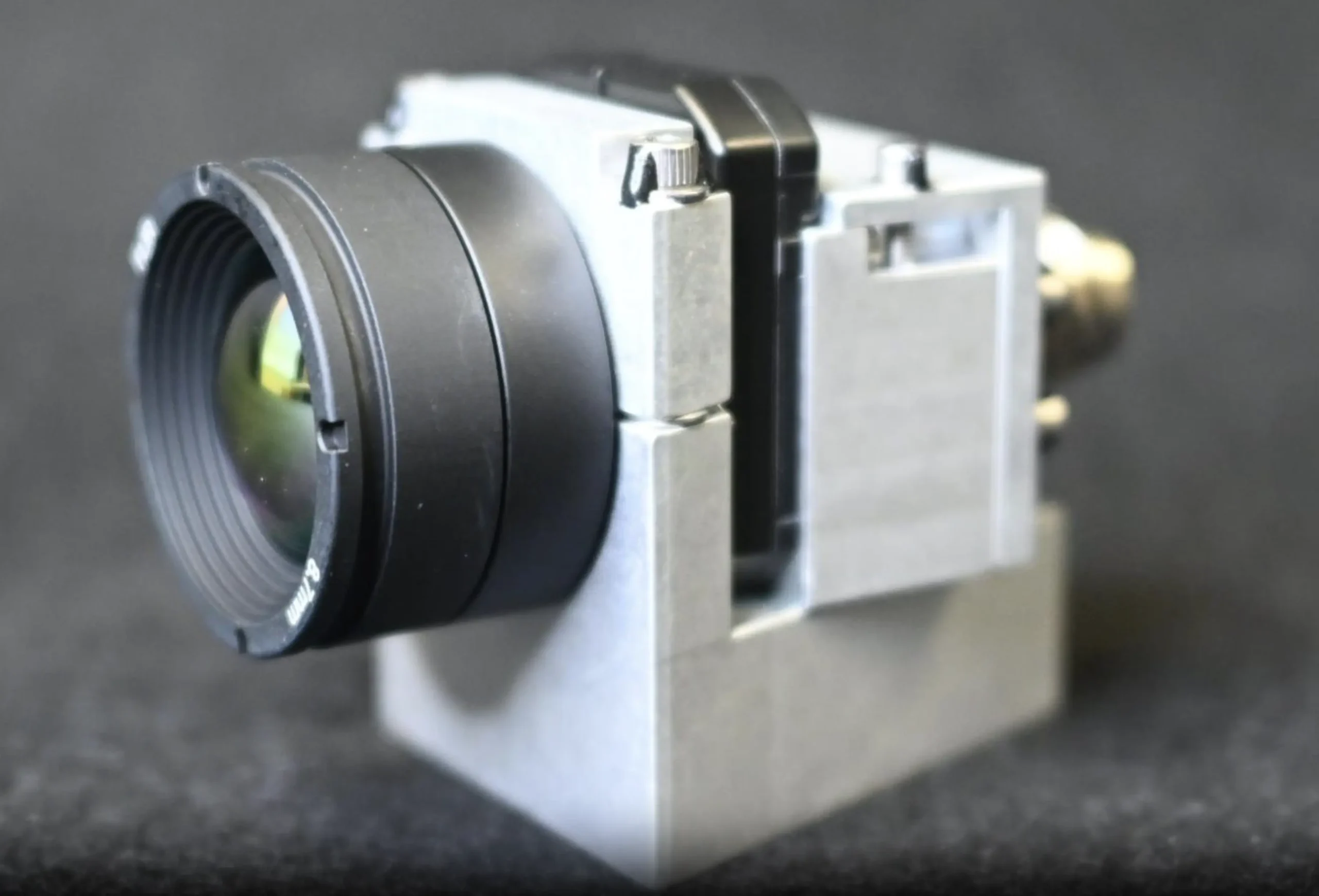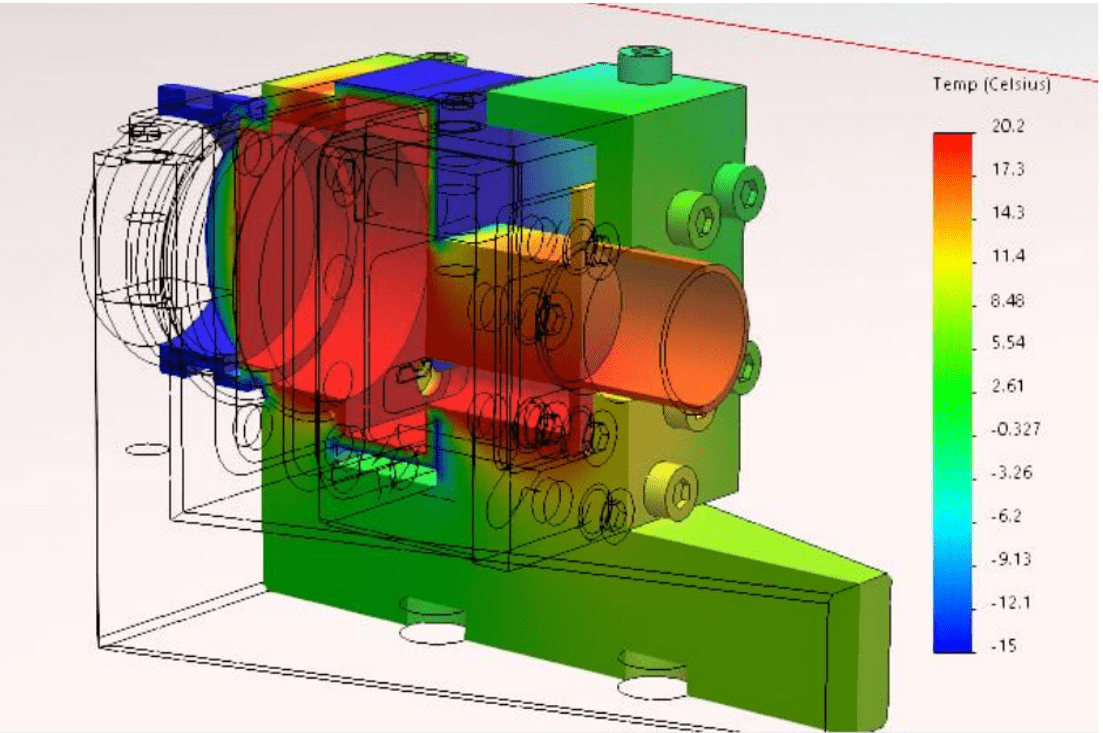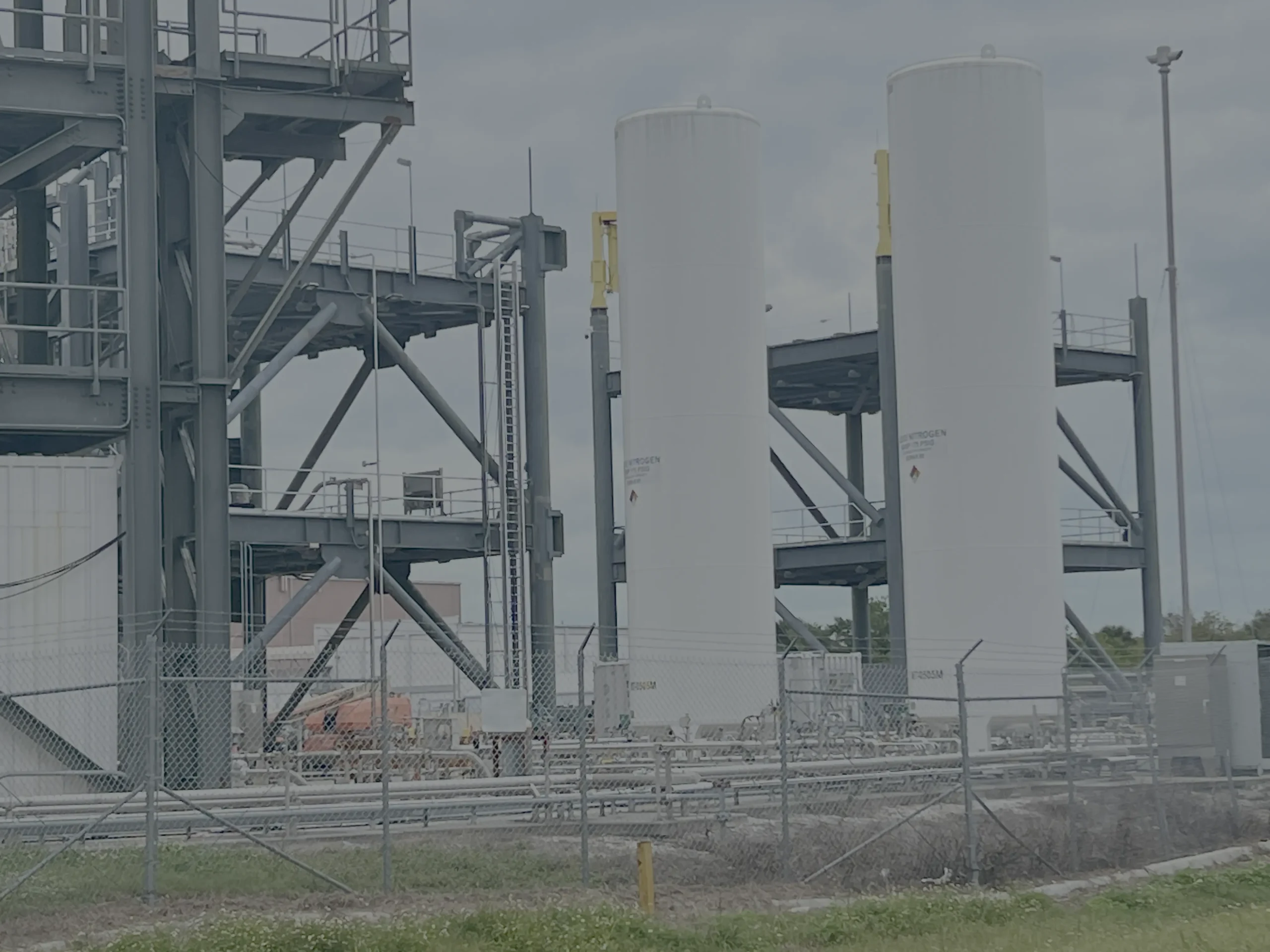Agency Sponsor: NASA SBIR Phase I Grant
Technology: Autonomous Infrared Smart Cameras for Cryogenic Systems Monitoring
Market: Aerospace, Energy, and Industrial Monitoring

NASA’s rocket launch facilities involve hazardous, cryogenic ground support equipment (GSE) where traditional temperature sensors are too limited to cover the large spatial areas effectively. Existing infrared (IR) camera systems are too costly and require human oversight, defeating the goal of autonomous operations. Installation costs of commercial systems can exceed
$25,000–$40,000 per camera, with high bandwidth and infrastructure requirements.

Sensatek developed a low-cost, autonomous infrared smart camera system capable of:
Using a structured feasibility study, the team designed a system robust to -253°C to +70°C, compliant with explosive gas regulations (NEC 500/505), and fortified with AES-256 cybersecurity protocols. Smart infrared images are subdivided and processed locally, trending temperature changes to detect anomalies in real time.

Conducted interviews with NASA Ground Support Personnel and non-aerospace industrial stakeholders (e.g., power generation, oil & gas) to define the most valued observables: leak detection, pipe blockage, and tank fill level.
Used ANSYS and SolidWorks to develop and test enclosure models under cryogenic conditions. Demonstrated successful thermal insulation for 600+ seconds under -253°C.
Leveraged materials (SS316L, aluminum alloys) and simplified electronics to reduce per- unit installation costs by 75–80%, aiming for < $8,000 per unit versus $25–40K.
Designed enclosures for use in Class I Div I&II environments, supported by expert team members with ATEX/SIL experience. Enforced secure communication using encrypted protocols (TLS, SSH) and dedicated VLANs.
Positioned as a critical enabler for Autonomous Operations Technologies (AOT) in NASA’s Artemis, SLS, ISS, and Mars surface missions. Proposed future adaptation for lunar and Martian operations.

“The technology could provide good cost-savings for thermal systems which could otherwise
require many human hours in IR data processing in order to find anomalies”
— NASA Researcher
“NASA could use this technology for ground-based monitoring of cryogenic installations such
as launch pad fueling systems.”
— NASA Researcher